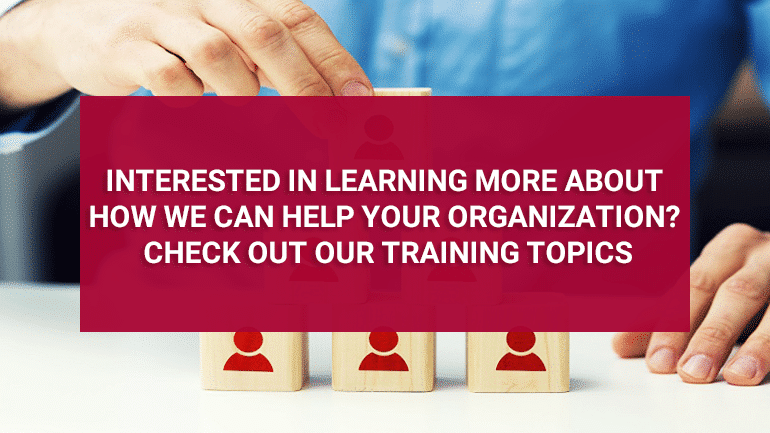Do you know why you should consider your options?
You don’t want to narrow down your choices too quickly when solving problems or making decisions.
My dad always told me when I was buying something, I needed to look at two or three different options. He was coaching me on how to become a better negotiator, because I would tend to fall in love with a specific car or electronic item that I wanted—and not consider the other available options.
He was right, because once you lock in on one specific color, make, model, or option package, the other side can negotiate more strongly against you.
As a leader, you don't want to narrow down your choices too quickly when solving problems or making decisions. Learn the importance of exploring all your options, here: Share on XHow does this relate to you solving problems in your production environment?
A lot of leaders fall in love with a specific solution to a problem without stepping back to see what other options might be present. Those other options can help you build your team’s capabilities and help them make better decisions too.
Use these 3 tips to help your team make better decisions:
Tip #1: Remember that one option is to do nothing.
I know it goes against the grain—because most leaders are action-oriented. Sometimes, however, it pays to wait and get more information first. Rushing into something with haste might cause more problems and not offer a solution.
This is not about procrastinating because you don’t want to deal with something. You are strategically waiting to get more information.
Tip #2: Remember every option has consequences.
You might think that, “Oh, this solution is going to be perfect and not have any flaws.” However, the reality is, no matter what you choose to do it’s going to have consequences—both positive and negative.
Different choices will have different costs and benefits. There will be risks you may not have taken into account too. Every option comes with its pros and cons, so do your best to assess them first.
Tip #3: Be wary of the “no-brainer”.
It’s tempting to look at an option and think, “Well, that’s a no-brainer.” Often, it turns out to be more complex than you think. You might be surprised to find out there are more problems than you expected.
A classic example of this is thinking:
“Oh, the employees will have no issue with that particular decision,” – only to find out that everyone is up in arms in concern over it. Anytime you hear yourself or someone else saying, “That’s a no brainer,” always think: “maybe there’s going to be more to this than we expect.”
Ask questions to get people on your team thinking about some of the consequences to those choices too.
